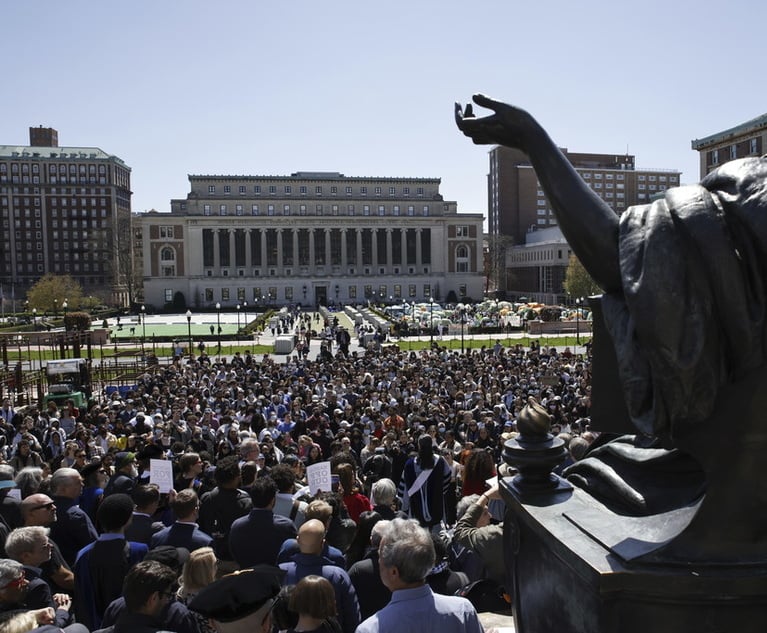When I submitted my application to Michigan Law School many moons ago (in late 2017), I tried not to think too hard about how the school would assess my application. I took the LSAT, sent in my transcript, wrote my essays and hoped for the best. Frankly, I didn’t want to know the anxiety-inducing details of how I would be judged.
I was not moved to contemplate the inner workings of the school’s admissions office once I received my acceptance letter, either—until recently. With the end of my 1L year quickly approaching, I was assigned to read Grutter v. Bollinger in two courses, Constitutional Law and Sex Equality, and I was startled to find that Justices Sandra Day O’Connor, Clarence Thomas and the rest of the Supreme Court circa 2003 had some thoughts about how Michigan Law School should decide to accept or reject a given applicant.


 Barbara Grutter (from left), Patrick Hamacher and Jennifer Gratz, plaintiffs in Grutter v. Bollinger, speak to the media outside the U.S. Supreme Court in April 2003. (Photo: Stacey Cramp)
Barbara Grutter (from left), Patrick Hamacher and Jennifer Gratz, plaintiffs in Grutter v. Bollinger, speak to the media outside the U.S. Supreme Court in April 2003. (Photo: Stacey Cramp)




